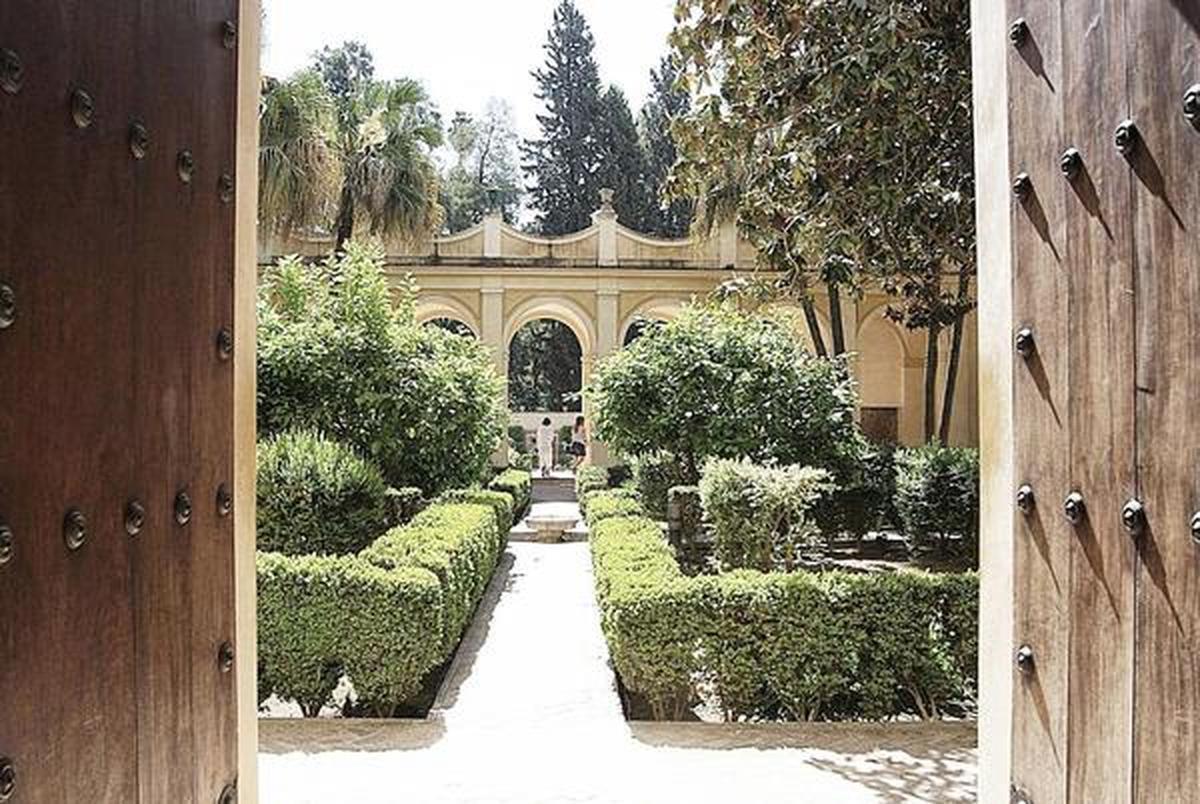Este patio inaugurado definitivamente alrededor de 1578, hace referencia al nacimiento del primogénito de los Reyes Católicos, Juan, en una estancia anexa. A nivel arquitectónico resalta la galería superior que realizó, en el siglo XVII el arquitecto milanés Vermondo Resta. A nivel botánico se caracteriza por la existencia de plantas aromáticas como el boj, cuyo aroma se propaga sutilmente por el cercano Salón de los Embajadores o el jazmín, que según Rodrigo Caro crecía por todas partes en este jardín hacia 1634. También se caracteriza por estar formado por vegetales utilizados tradicionalmente en la jardinería clásica como el laurel, el mirto, el limonero o el romero aunque también aparecen combinadas especies exóticas incorporadas con posterioridad, como el magnolio o las palmeras chinas.
